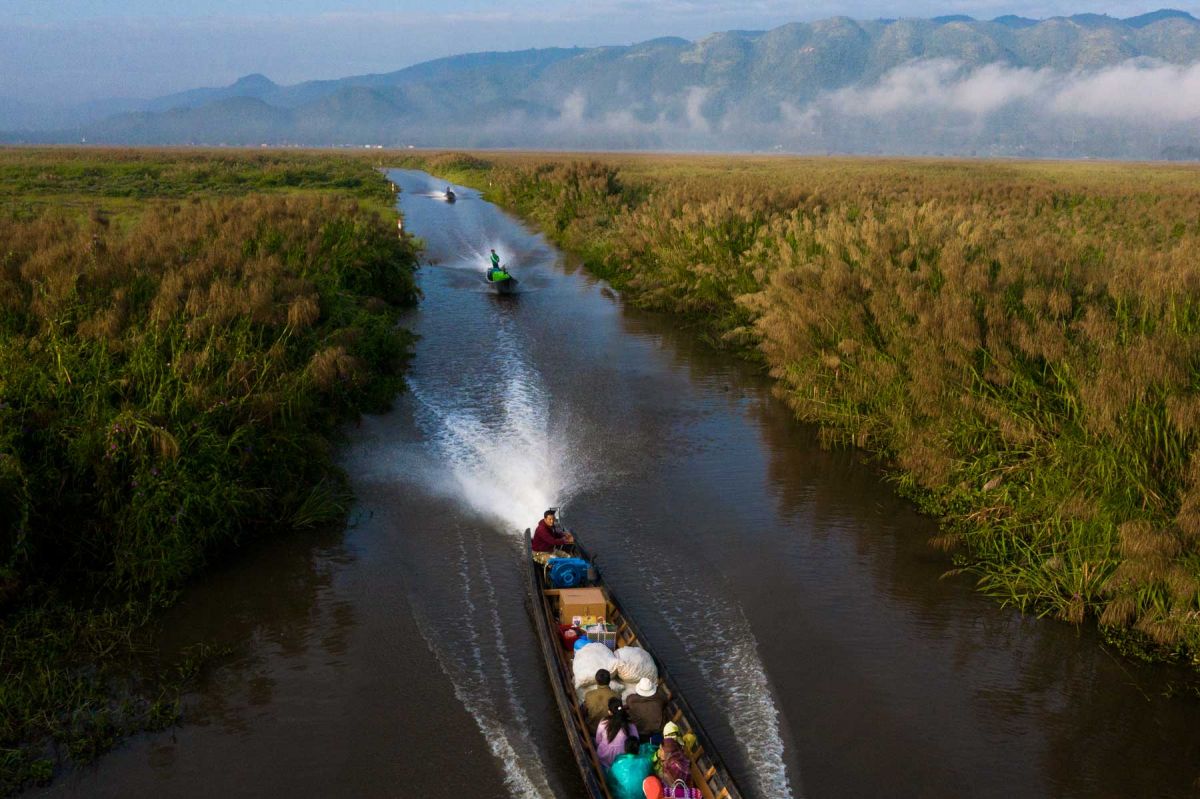

- The resolution of Article 6 provides important signals, but it will not necessarily lead to large transfers of finance between countries.
- Enabling institutional environments connecting national greenhouse gas inventories to the global registry are still required.
Although the Paris Agreement was adopted in 2015, some of its details remained unresolved. These included Article 6, which governs trade in emissions reductions between countries. Article 6 and other rules covering implementation of the Paris Agreement have collectively been termed the “Paris Rulebook”. After years of negotiations, parties to the UNFCCC finalized the outstanding elements at COP26.
The experts had mixed views on the importance of Article 6, despite its high profile ahead of COP26. In general, the consensus was that the resolution of Article 6 and the Paris Rulebook were indeed important steps forward.
The carbon trading mechanism under Article 6 is important for the confidence it provides to the private sector, said the experts. But it is not expected to lead to major flows of funding between countries. This is because much work must be done at the national levels to build up the policy and regulatory systems needed for the international trading of carbon, as allowed under Article 6.
“Yes, the Paris Rulebook and Article 6 are significant developments. One of their implications is ensuring a wide scope for all emissions reductions and removals [sinks], including REDD+, and making REDD+ subject to Article 6 rules.” — Martial Bernoux, Senior Natural Resources Officer, FAO
Capacity-building and technology transfer, particularly in the land-use sector, are crucial for ensuring that countries can respond to the fast-evolving international architecture for carbon trading. One gap identified by the experts is that the COP discussions have so far focused on methodologies rather than on promoting implementation through stakeholders, such as the private sector and local communities.
Article 6 provides for various forms of market-based and non-market-based approaches for reducing emissions. In the ongoing negotiations on the design of the new market mechanisms under Article 6.2, some parties are calling for land use, land-use change and forestry to be a future focus area. The experts said that requirements for land use, land-use change and forestry are burdensome for developing countries and that existing mechanisms are not very effective.
A 5 percent levy on the proceeds of carbon trading under Article 6.4 will be paid into the Adaptation Fund to support projects in developing countries. Some of the experts noted, however, that this 5 percent contribution does not make sense as a mandatory payment for countries that are highly climate-vulnerable and in need of support.

Article 6 is clearly applicable in the context of forestry and REDD+ because of the trade in carbon credits generated through afforestation or reforestation projects. But it is also relevant to the agriculture sector. The experts discussed lessons and methodologies that can be transferred to that sector from forestry and replicated. Enabling institutional and policy environments are required, however. This will involve the establishment of mechanisms connecting national greenhouse gas inventories to the global registry to avoid double-counting.
Perennial questions remain. Does the emissions reduction really only exist because of the activity in question (termed “additionality”)? Will the emissions reduction lead to increased emissions elsewhere (“leakage”)? Is there a risk that emissions reduction can be reversed, as when a forest plantation burns down (“non-permanence”)? In this sense, there is still much work ahead.
Article 6 also provides for a framework, in Article 6.8, for cooperation between countries in situations that do not involve trade, such as when governments provide development aid.
“In particular, Article 6.8 is good for integrated land use in that it provides a framework for collaboration and synergies through capacity-building and technology transfer in the sector for mitigation and adaptation.” — Suchitra Changtragoon, independent expert on nature conservation, Thailand
